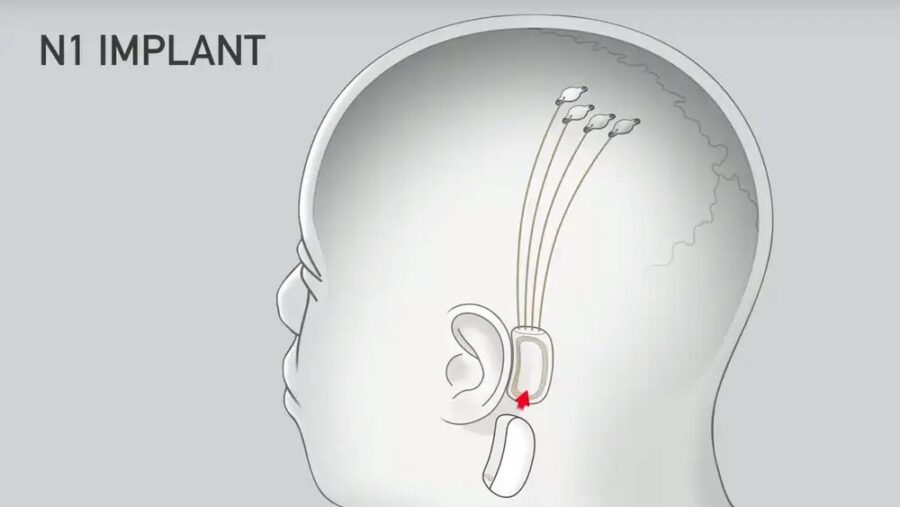Thought-Controlled Implants Just Became A Lot Easier To Acquire
Thought-controlled implants can now be implanted using a syringe, removing the need for dangerous brain surgery.

Unless you have been hiding under a rock for the last few decades, you’ve likely noticed technology has been advancing at a breakneck pace. While there are dozens of medical breakthroughs and scientific advancements to think about regularly, implantable brain-computer interfaces are one of the most fascinating and maybe the most terrifying. But the fear may be something of the past as doctors and scientists may no longer need to open up the brain to implant; according to Ripley’s, these thought-controlled implants may be done through a simple injection.
A new device known as Stentrode has the potential to change the future of implantable brain-computer implants by moving away from the idea of brain surgery. Instead of cutting open the skull and plugging in, Stentrode is implanted in a large vein known as the superior sagittal sinus for the purpose of reading neural signals. Because of the vein’s location and the process of draining fluid from the brain to the jugular, this placement is the ideal location for the thought-controlled implants to allow those with paralysis to operate assistive technology simply by the use of their thoughts.
One disease this device is set to help offset is amyotrophic lateral sclerosis, known as ALS or Lou Gehrig’s Disease. ALS is a neurodegenerative disease that attacks the nerve cells of the spinal cord and brain and leads to the progressive degeneration of motor neurons, suffered by the legendary baseball player Lou Gehrig (hence the nickname) and one of the most brilliant minds of our time, Stephen Hawking. With the effects causing its patients to lose the use of their muscle movements, they eventually become unable to do basic things like eat, speak, move, or breathe.
Of course, the Stentrode isn’t the only name in the game of thought-controlled implants, as there are numerous others that are attempting to perfect the technology. Each of these is supposedly being shopped to assist or cure some need within their own industries, but they all have one thing in common. Each of them wants the user’s thoughts to be the primary operating system for the technology.

The Unicorn Hybrid Black is a device that attempts to allow developers, artists, and makers to integrate signals from the human body within their projects through the use of a headset. The device acquires the EEG from eight Unicorn Hybrid EEG Electrodes to allow work on toys, apps, games, and more. Of course, since this is a headset and not an implant, it is more limited in comparison.
Another example of thought-controlled implants is the Elon Musk-founded company, Neuralink. This company suggests implanting their unit into the brain, which consists of the small task of opening a skull and performing open-brain surgery on the patient. While that in and of itself may be enough to ward off suitors, there has been criticism that the device does nothing to help insomnia, depression, anxiety, or anything else promised by the new CEO of Twitter.
Any way you slice it, the world of technology is changing, and thought-controlled implants may just be the move of the future. Keeping Doctor Otto Octavius and his thought-controlled implants-turned-villainous-arms out of our heads, we would almost certainly choose a simple injection over open brain surgery, but maybe that is just us.












